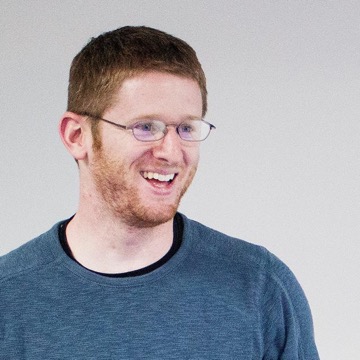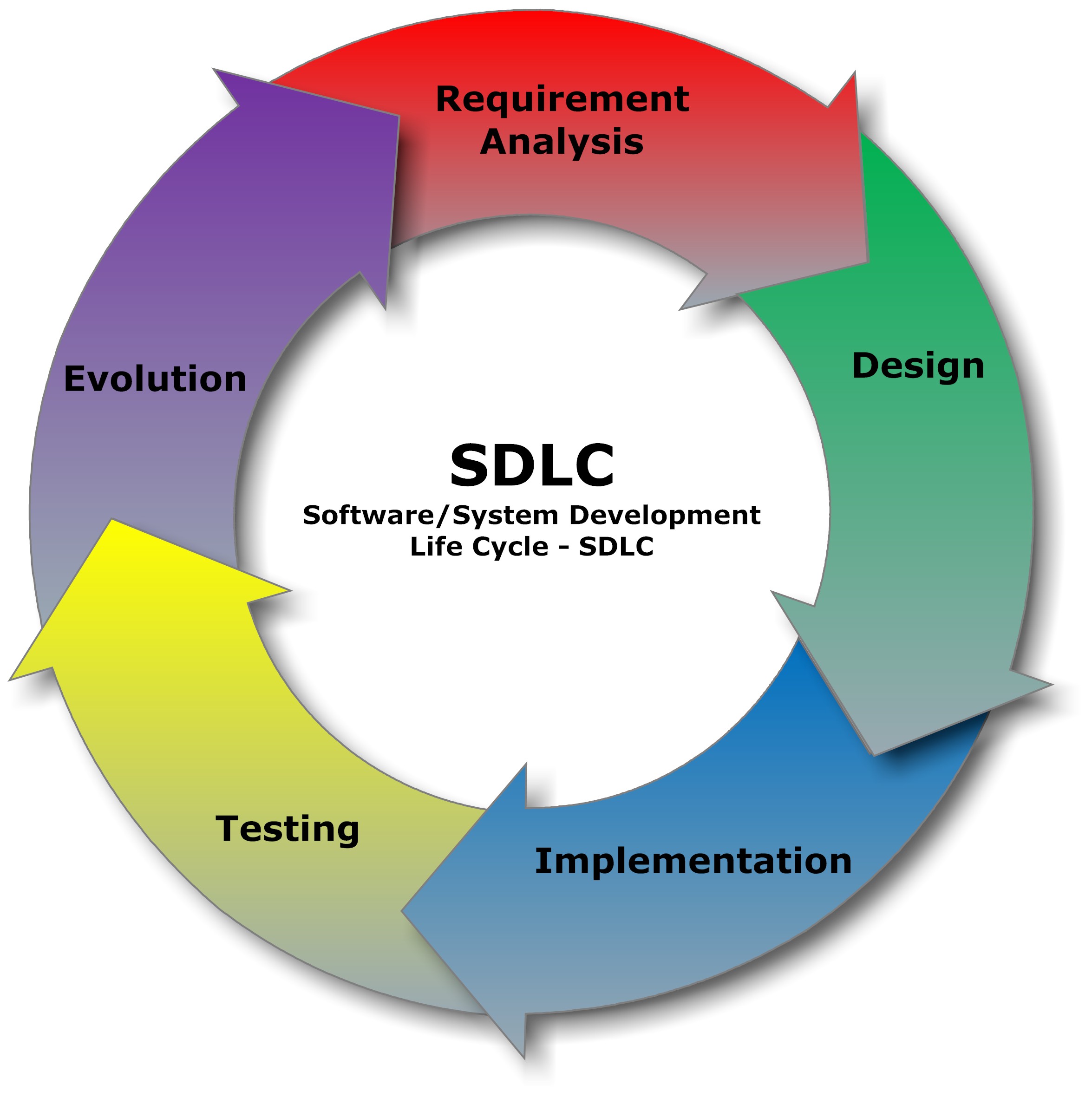The steps involved in developing Custom Software Solutions are lengthy, but completely beneficial to you. If you’ve been following along in this series, welcome back. If you’re just joining the discussion, feel free to take a peek back: here at the start of this series of articles. The first of the SDLC steps that work in creating your custom software / application is:
Requirements / Initial Engagement:
Before you can start something, you must understand what that something is. The first step in software development begins with requirements gathering or, if you are working with a business consultant, the initial engagement. The requirements / initial engagement process is really a meeting with the team you are assembling and where the business needs and/or requirements are first discussed. This is the pie-in-the-sky meeting and in this initial meeting ideas and concepts should flow freely. It should be a very loose and open discussion about the wants and needs of the project so that the team can get a great understanding of what it is that the business needs in order to succeed in a more efficient way.
Team: At this meeting it is best to get everyone involved. Don’t be afraid to invite developers, quality assurance, technical support, customer support, training, business analysts, other product managers, and even executive management team members. What you are looking for is domain knowledge. This team should be made up of key individuals from your organization that know the business, know the marketplace, know the competition, know key vendor relationships and most importantly have a solid and thorough understanding of the issues and problems that your customers face every day. This is not an all-hands meeting, but a carefully selected group of individuals who can bring good positive ideas to the session and who find it better to work together.
Facilitator: Now, the hard parts of this meeting fall to the facilitator. They have to create an environment where open discussion is encouraged, no ideas are bad, negativity and competition are put aside, and where they are purposefully seeking out and engaging with everyone in the room to get them to open up and share. Some people naturally dominate a conversation, it is in their nature, and yes they sometimes have good ideas. However, it is important to get everyone in the group involved, as they say –no one person is as smart as all of us. The facilitator should encourage the use of whiteboards, flipcharts, notepads, yellow stickies, napkins, crayons, or whatever object is available to capture the thoughts and ideas of the team.
Outside consultants typically run some of the best initial engagement meetings that I have been involved with. The conference room chairs have been removed and the conference tables have been pushed to one side. Meeting supplies are laid out the table including soda, tea, coffee, cookies, brownies (brain food) along with associated paper products, pens, markers, sticky notes, blue tape, etc. The room is typically the largest conference room available, most of floor is now open, there are several flip boards present, the white boards are clean and have fresh dry erase markers. The energy and excitement in the room is high. Close your eyes, can you picture your awesome custom software idea being analyzed, broken down, examined, expanded, and ultimately enhanced in this type of positive environment? Now, not every initial engagement meeting needs to be this high energy, but it is best to break out of the normal and try something different to get the ideas flowing.
A great initial engagement meeting leaves everyone feeling as though they were heard, their ideas were considered, and they feel like they contributed to the project. Getting contribution into a project from your team is so much better than just gaining alignment with them. When someone has contributed something into a project, they feel like they own part of it and then they want to see it succeed. This is a good first step into eliciting some change within the established corporate culture of an organization.
[Want to change corporate culture in your organization? Engage with J&S Tech Designs and see how we can help you be the organization you need to be]
Subscribe to our newsletter: here to catch the rest of this highly beneficial series. If you know someone who could benefit from this article, please share us on Facebook, Twitter, Google+, LinkedIn, etc. to get word moving.
Read: Previous Article
Read: Next Article





